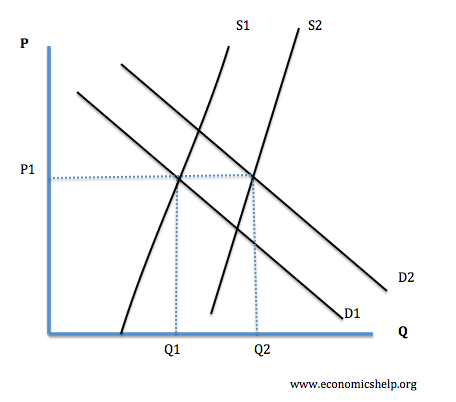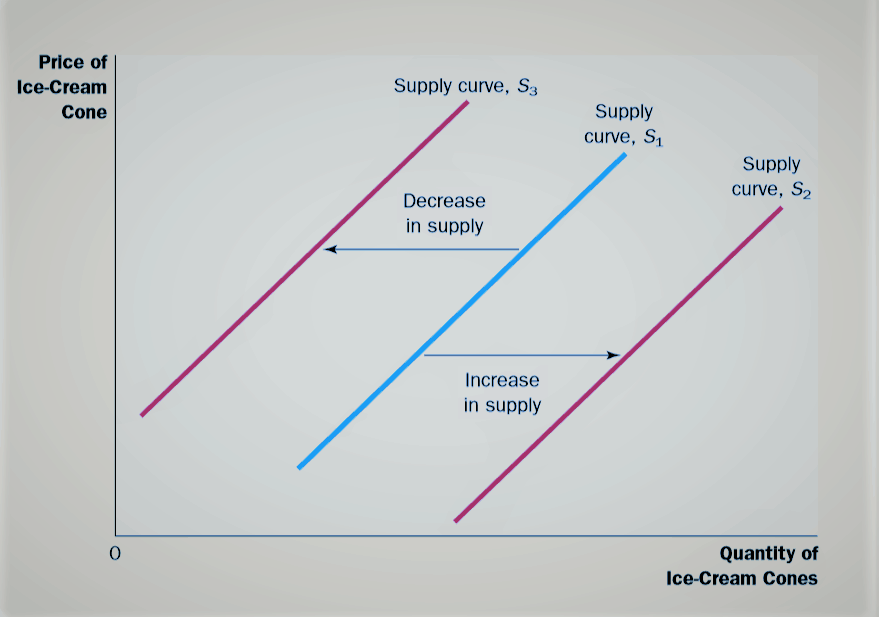

Thus, in their view, price of the factor is not determined by the marginal revenue product but is, in equilibrium, equal to the marginal revenue product of the factor. Marshall and Hicks held that the price of a factor of production is determined by both the demand for and supply of the factor, but is be equal to the marginal revenue product of the factor. Determination of a Factor Price :Īccording to Marshall-Hicks version of marginal productivity theory of distribution, price of a factor is determined by demand and supply of a factor. The entrepreneur’s demand for a factor of production is governed by the marginal productivity of the factor. Just as demand for a consumer good depends upon its utility, the demand for a factor depends upon the marginal revenue productivity of the factor.The marginal revenue productivity curve of the factor is the demand curve for that factor. The greater the demand for goods a particular types of factor helps to make, the greater the demand for that type of factor. Thus, the demand for a factor ultimately depends upon the demands for goods it helps to produce. It is derived from the demand for the product they help to make.

Therefore, demand for factors of production is called derived demand. Instead, they are demanded because they can be used to produce consumer goods which then directly satisfy human wants. The factors of production are demanded not because they directly satisfy the wants of the people who wish to buy them. But unlike the products, the factors of production do not satisfy the wants of the people directly.


 0 kommentar(er)
0 kommentar(er)
